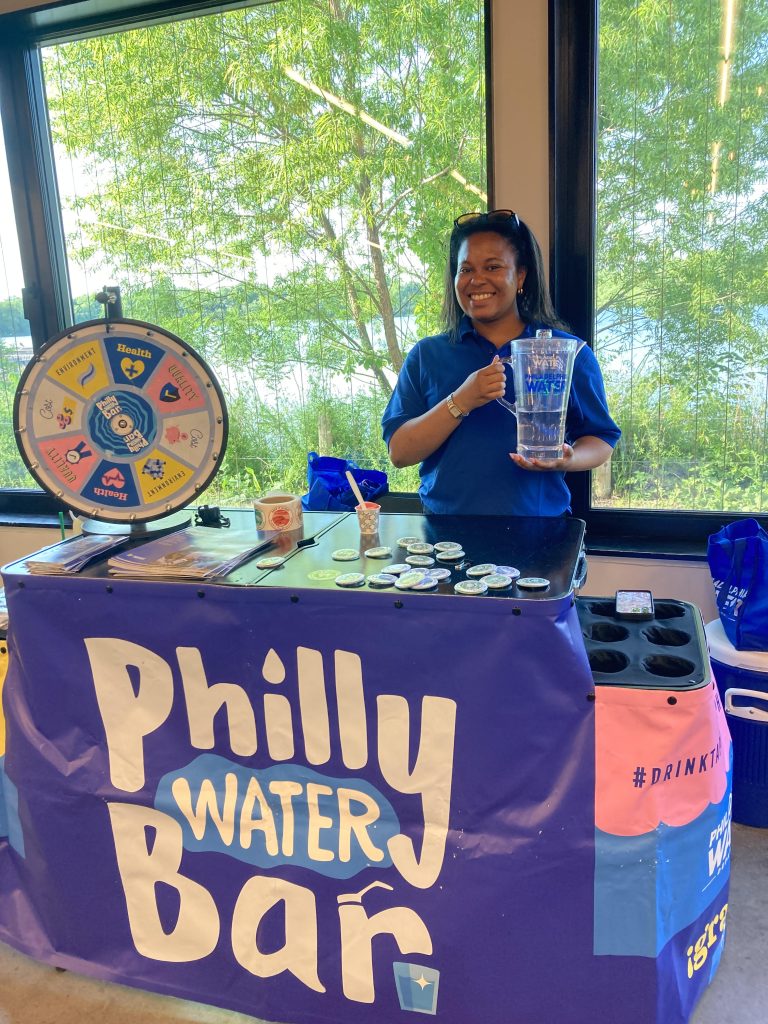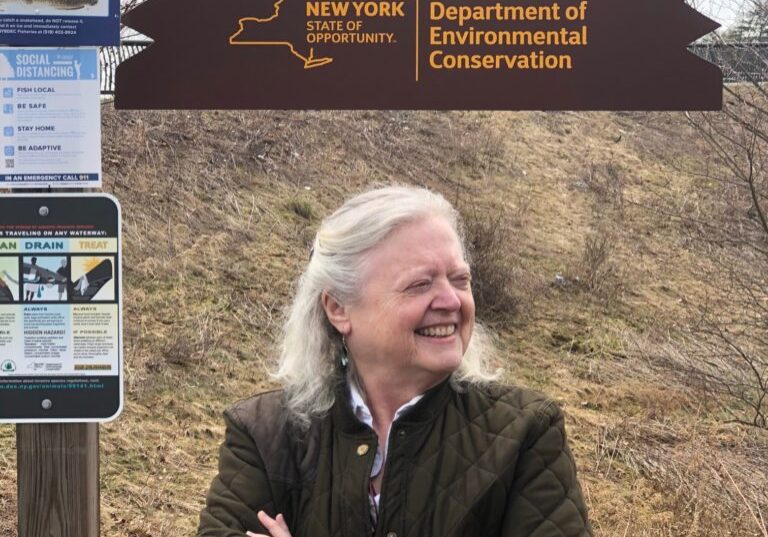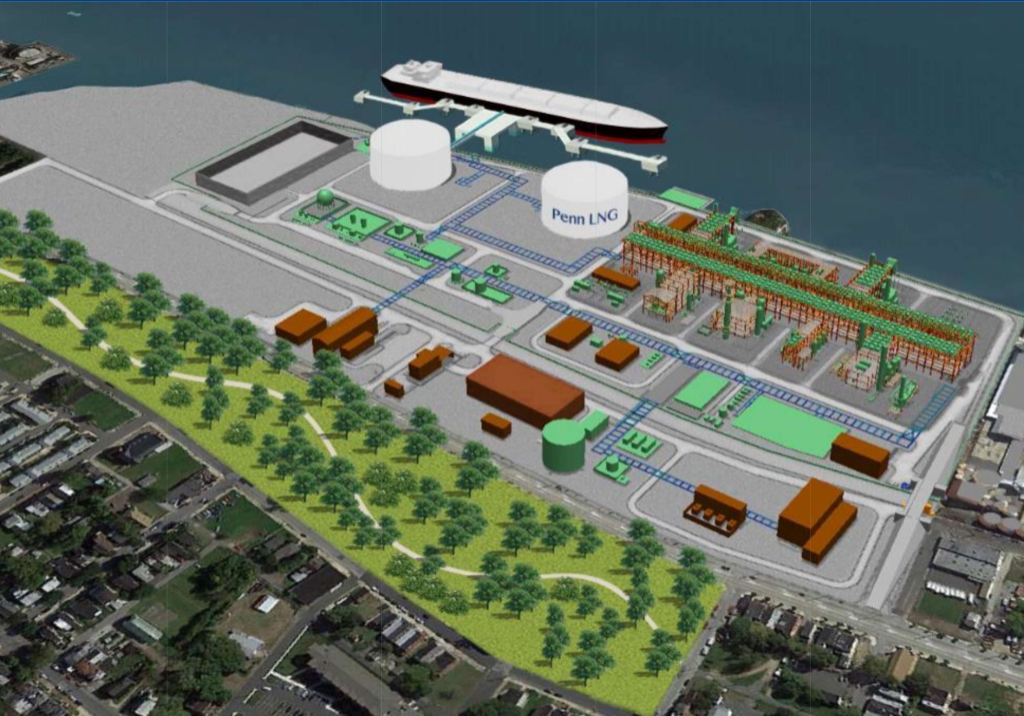
PWD airs its 25-year Water Revitalization Plan
| May 23, 2024
On a sunny, warm Monday afternoon, Anna Kloiber pointed at a glistening body of water behind her just on the other side of a large window.
“Keep your eyes peeled for bald eagles,” she said. “I saw one the last time I was here.”
Kloiber was seated inside a multipurpose room at Fairmount Park’s Discovery Center as children, families and community members wandered between colorful tables set up with activities.
Some stopped by the “Philly Water Bar” to spin a wheel on Philly’s water quality report, or played the “drain game” to learn about pollution in the rivers.
Many sipped water ice and nibbled on pretzels.
The Discovery Center is home to a former reservoir and is co-operated by the National Audubon Society and Philadelphia Outward Bound School. It serves as a free public space for Philadelphians “to discover themselves in nature, practice leadership, and work toward a greener city for birds and people.”
On this evening, however, the Discovery Center was open specifically for community members to connect with folks like Kloiber — who is an engineer at Brown and Caldwell with the Philadelphia Water Department — for a Water Revitalization Plan Family Discovery Day.
Family Discovery Day featured family-friendly water education activities both inside and outside.
Fun and games but with a serious purpose
It ended with an hour-long community listening session aimed at helping community members understand big changes coming to Philly’s drinking water infrastructure through the Water Revitalization Plan, a 25-year plan that includes roughly 400 projects “focused on the improvement of existing facilities and the construction of several new facilities.”
Bridging the gap in understanding may be imperative as distrust in Philadelphia drinking water remains a hurdle for PWD.
Roughly 40 percent of Philadelphians say they feel safer drinking bottled water over tap, despite glowing reviews of its safety.
A chemical spill in 2023 also brought up fears about the water quality.
According to Kloiber, a “crucial part” of the Water Revitalization Plan is actually to create redundancy in the water system so that if an emergency like the chemical spill were to happen again, there would be backup water supply service already in place.
“Philadelphia is in this unique situation placed between two huge rivers, the Delaware and the Schuylkill. And so redundancy means that if something happens on the Delaware and that’s no longer a viable place to pull our drinking water, we can still provide the entire city with drinking water off of just the Schuylkill,” Kloiber said.
When the chemical spill happened, Kloiber said that it “reaffirmed” the work on the plan because the city will “be better prepared to respond to these types of issues once the plan is fully implemented.”
Outside of the building, community member and East Fairmount Park Coalition member Alicia Dorsey watched as her grandchildren participated in one of the many activities held near the water.

Dorsey said that she and her grandchildren came to the gathering to get ideas for their family YouTube channel to “help other youth and other families understand the importance of keeping our waters clean and not littering.”
She said that they would like to get more involved in the projects after learning about the plan at Discovery Day.
In addition to creating redundancy, upgrades will be made to all three water treatment plants for the city: Baxter, Belmont and Queen Lane. Projects will be phased in slowly over the 25 years to ensure safe drinking water supply and to “mitigate impacts to ratepayers,” Kloiber said.
It’s unclear for now how the improvements would affect ratepayers, according to Daniel Schupsky, a community outreach specialist.
Tensions with East Falls Community Council
Other community impacts brought up at the session included construction, which Program Manager Jesse Debes said will largely be taking place on PWD property, behind their fence lines — and road closures.(There is a specific email address for construction questions or concerns.)
Notably not present at the session was the East Falls Community Council, which has raised concerns over a change in zoning laws at the Queen Lane water treatment plant as part of the revitalization plan.
Specifically, the Water Department wants the City Council to rezone Queen Lane from “residential” to “SP-CIV, Civic, Educational and Medical,” a designation that grants the department greater autonomy over Queen Lane updates and makes them less beholden to the wishes of East Falls residents.
In a petition to Council member Curtis Jones delivered on May 17, the East Falls Community Council requested that he hold the rezoning bill “until such time as Philadelphia Water Department provides the community protections being sought by East Falls Community Council.”
If rezoning proceeds, the East Falls Community Council has asked for the Water Department to enter into a binding, enforceable agreement on several concerns, such as bright light limits, fence height regulation and other issues.
Still, PWD remains steadfast that these changes need to happen now.
“Our infrastructure is aging,” Debes said. “The last similar investment in drinking water infrastructure in Philadelphia was in the 1950s.”
Some parts of Philly’s drinking water infrastructure have even been in use since the early 1900s.
“It’s about leaving a lasting impact really,” Debes said. “Water should never be a question for anyone.”
Details of the plan
The Philadelphia Water Department’s Water Revitalization Plan is a 25-year plan to upgrade and improve Philadelphia’s drinking water infrastructure. The plan is projected to cost $2.5 billion over 25 years.
Here are some of the main points of the plan, according to Debes:
- The plan consists of roughly 400 projects, all to be completed in phases. “Each of the individual projects has its own phases and its own way that fits into the program,” Debes said. “On a timeline, we’re about three years in.”
- Four major projects highlighted in the plan are the Schuylkill River Crossing; upgrades to Baxter; upgrade and expansion of Belmont; and upgrades to Queen Lane.
- The Schuylkill River Crossing (SRX) will be a new water main connection going under the Schuylkill River between Queen Lane and Belmont treatment plants. It is on the “critical path of the program” because connecting the two treatment plants to create greater redundancy in the system must be completed before upgrading the treatment plants. Construction is expected to begin in 2026.
- Upgrades to infrastructure are necessary because much of the system is dated. For instance, “a lot of our storage facilities at treatment plants are actually retrofitted old slow-sand filters which were constructed in the early 1900s,” he said.
- Finally, the plan aims to ensure safe and reliable drinking water for generations to come.
“We have an extremely robust research team, and they’re constantly studying new technologies,” Debes said. “We’re staying abreast of everything and on the cutting edge…making sure that what we plan now will be state of the art when constructed.”



![DC_Image [Image 4_Assunpink Meets Delaware] meets Delaware The Assunpink Creek on its its way to meet the Delaware River. The creek passes through woods, industrial and commercial areas and spots both sparkling and filled with litter.](https://delawarecurrents.org/wp-content/uploads/bb-plugin/cache/DC_Image-4_Assunpink-meets-Delaware-1024x768-landscape-14f069364113da5e8c145e04c9f2367c-.jpg)



